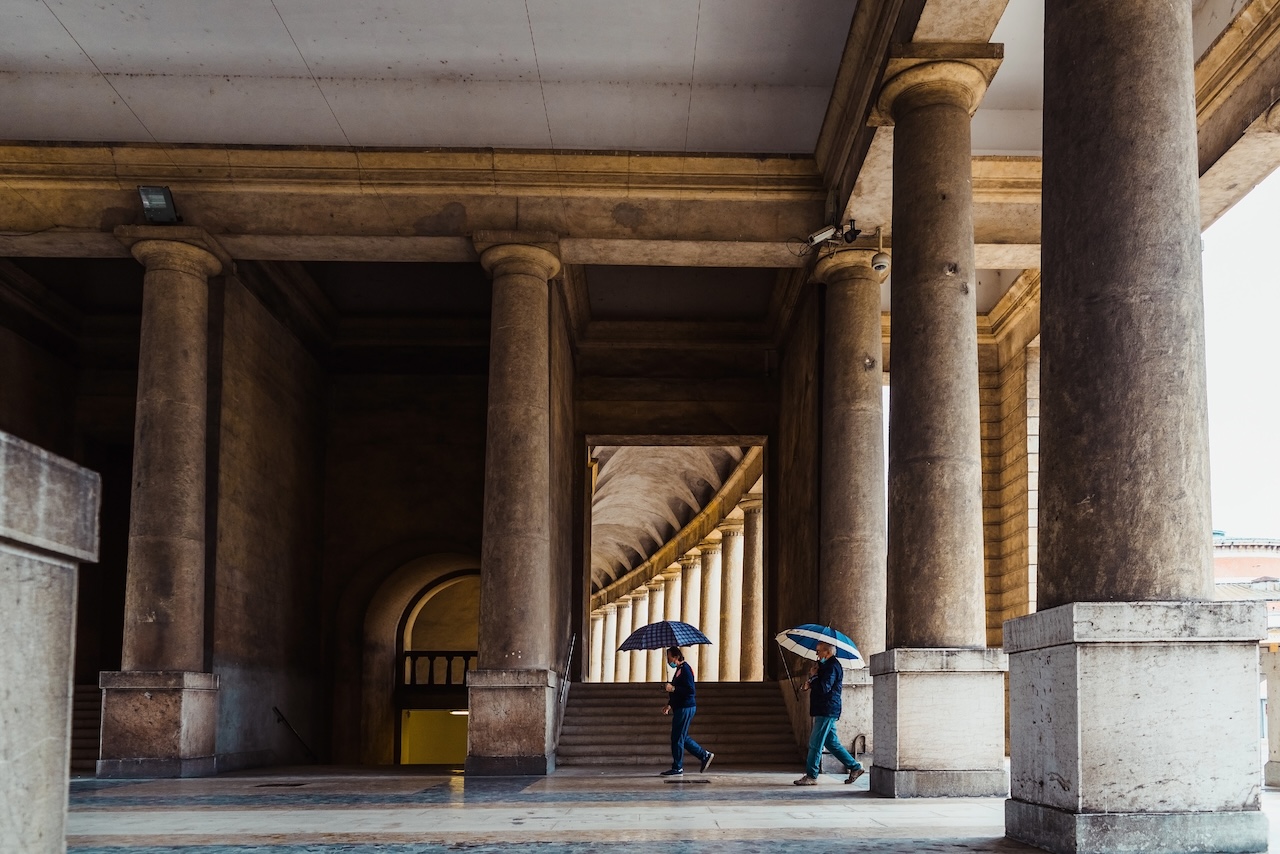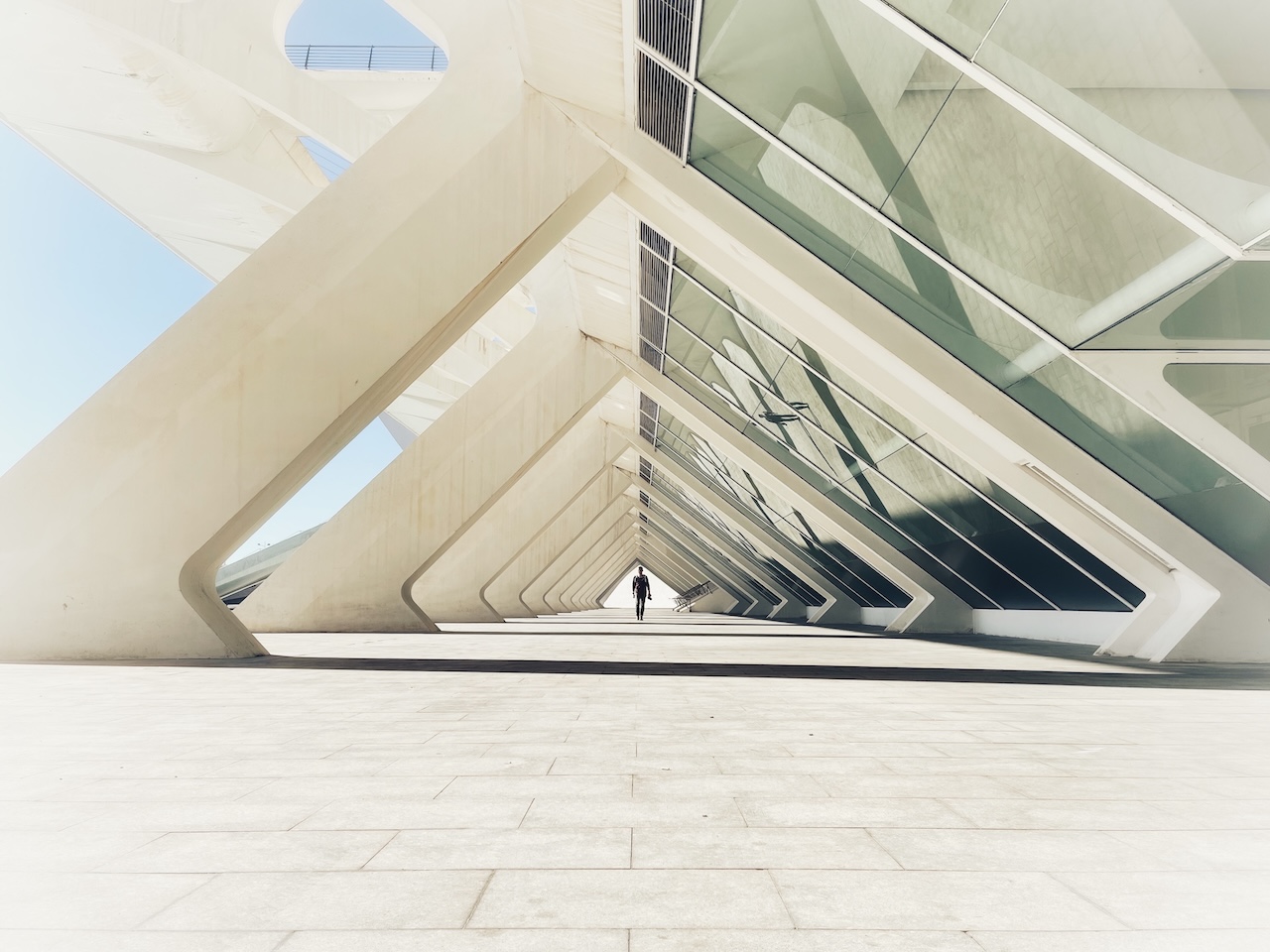In today’s architectural landscape, two opposing movements continue to define how we think about space: minimalism and maximalism. While one embraces reduction and clarity, the other celebrates richness and layered meaning. These styles are more than just aesthetics—they reflect philosophies about how we live, what we value, and how we express identity through design. So, what do these approaches really mean—and why are they both so relevant today?
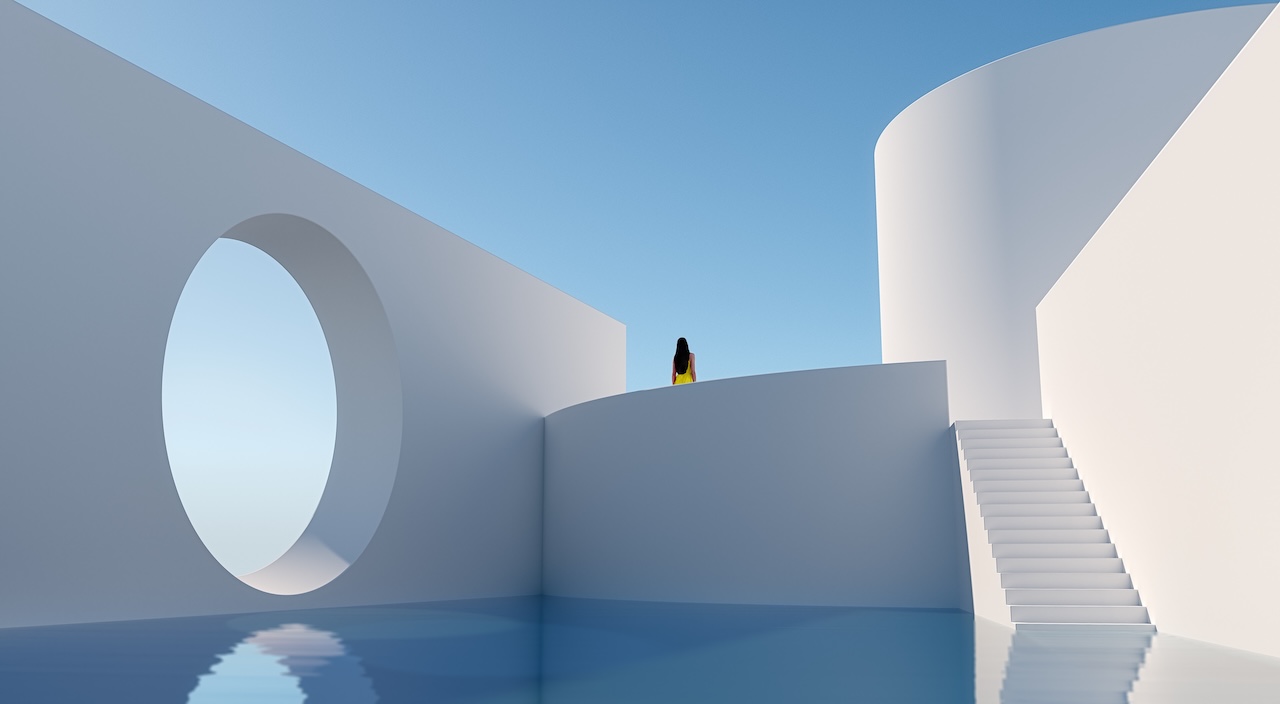
Minimalism: A Philosophy of Simplicity
Minimalism is about stripping architecture down to its essentials. Clean lines, natural materials, and uncluttered volumes create spaces that are calm, purposeful, and balanced. This movement is deeply rooted in modernist thought, famously captured in the phrase “Less is more”, by German-American architect Ludwig Mies van der Rohe. His work—and that of others—sought to reveal the beauty of form, proportion, and material, without distraction.
- Monochromatic or neutral color palettes
- Emphasis on light, shadow, and empty space
- Seamless transitions between materials
- Functional design with minimal decoration
- Ludwig Mies van der Rohe – modernist master and minimalist pioneer
- Tadao Ando – Japanese architect known for concrete, light, and silence
- John Pawson – British architect of pure, contemplative minimalism
- Kazuyo Sejima – co-founder of SANAA, with soft minimal and transparent designs
Minimalism appeals to those seeking mental clarity, sustainability, and timeless calm. It invites us to live with less, but better.
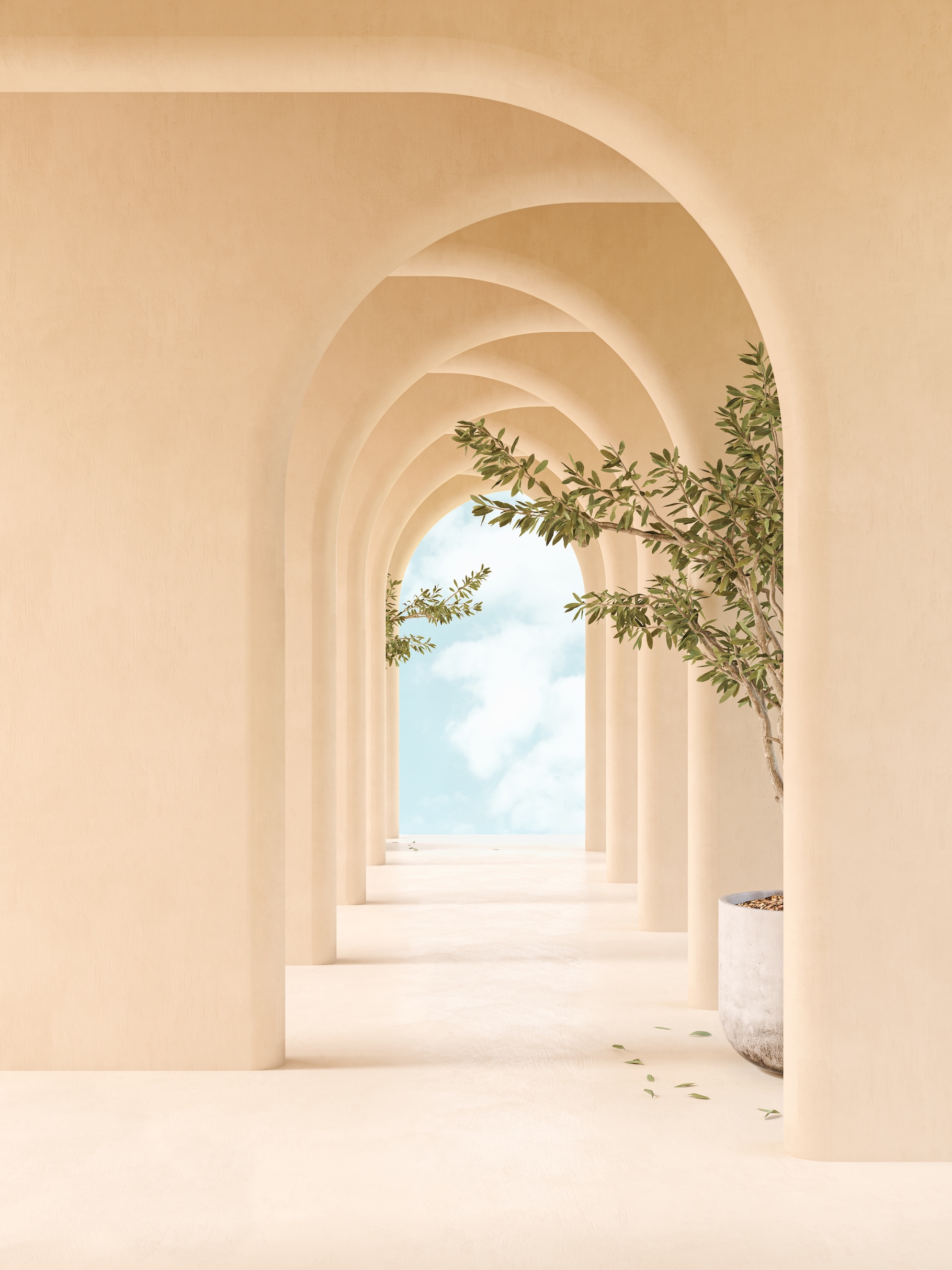
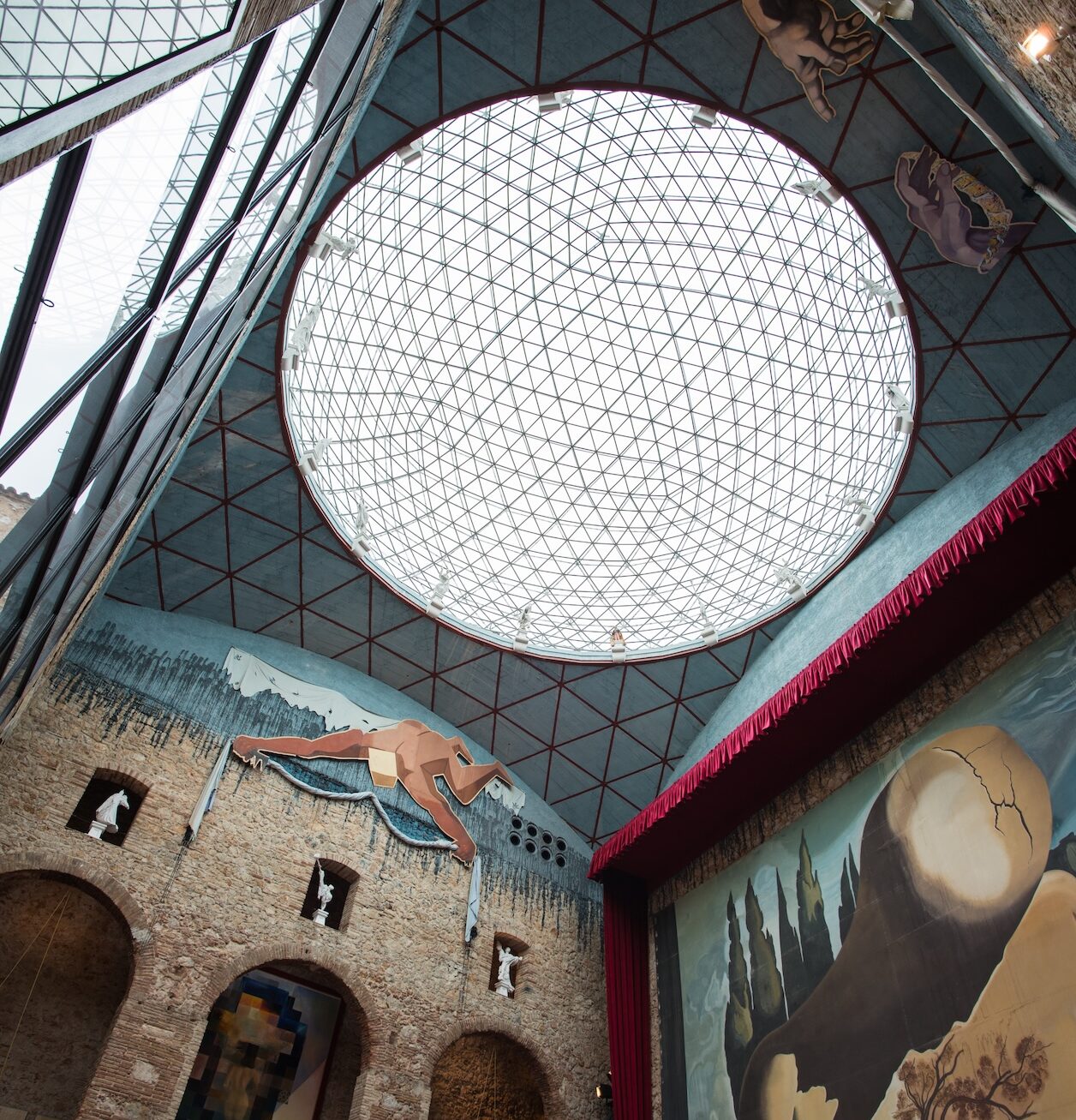
Maximalism: The Art of Bold Expression
In contrast, maximalism is about visual richness and emotional presence. It embraces contrast, color, ornament, and storytelling. It refuses restraint—and in doing so, invites culture and personality into the built environment. Architect Robert Venturi famously challenged modernism with the statement: “Less is a bore.” His philosophy helped ignite postmodern architecture, which celebrated symbolism, history, and contradiction.
- Bold colors, varied textures, and layered materials
- Pattern, ornament, art, and curated clutter
- Fusion of cultural references and personal expression
- Spaces that surprise and provoke
- Robert Venturi – father of postmodern architecture, critic of modernist purity
- Ettore Sottsass – founder of the Memphis Group, playful and radical designs
- Antoni Gaudí – Catalan genius of organic, expressive forms
- Studio Job – contemporary maximalists combining design, sculpture, and satire
Maximalism rewards attention with personality and richness. It’s about embracing the story of space rather than erasing it.
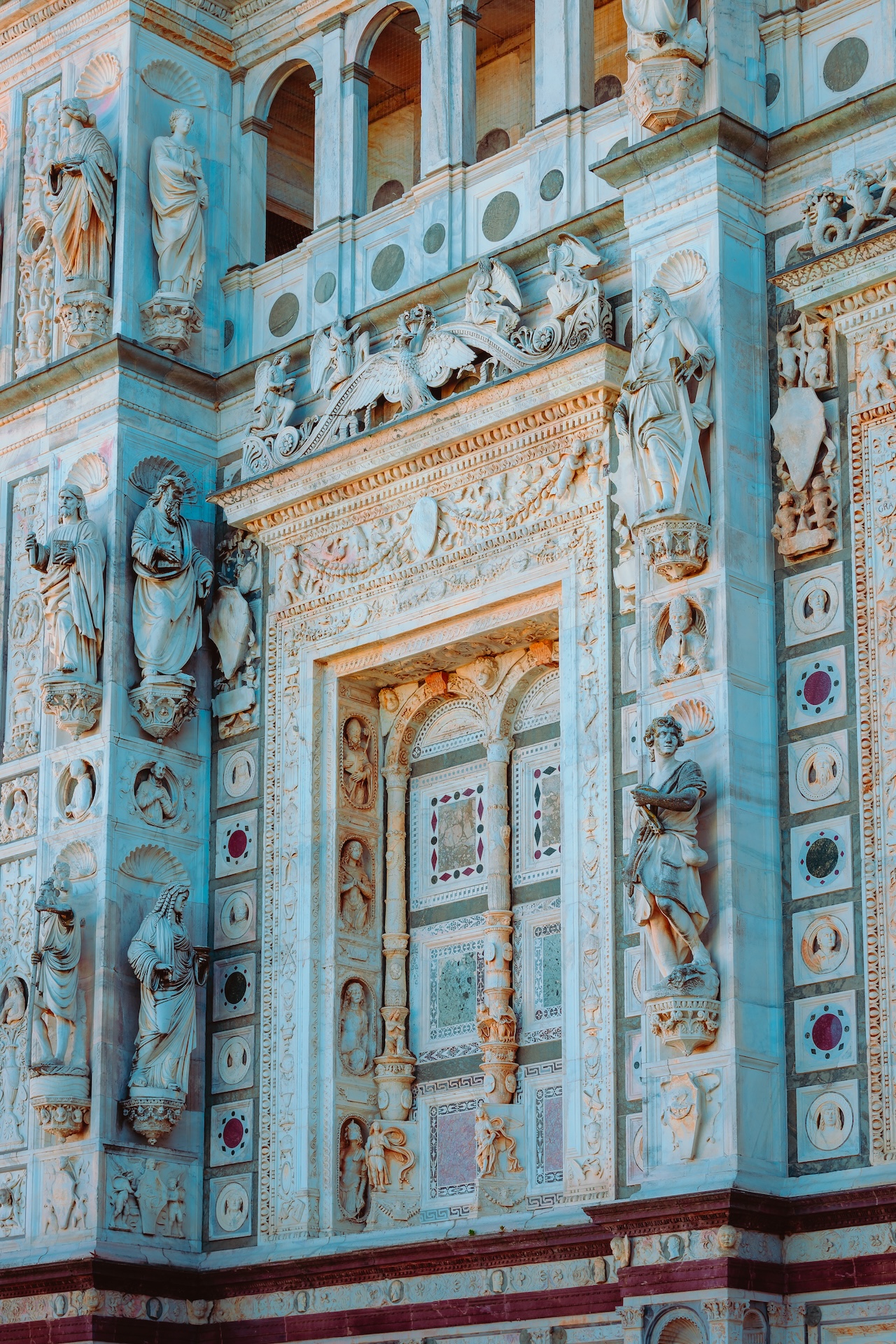
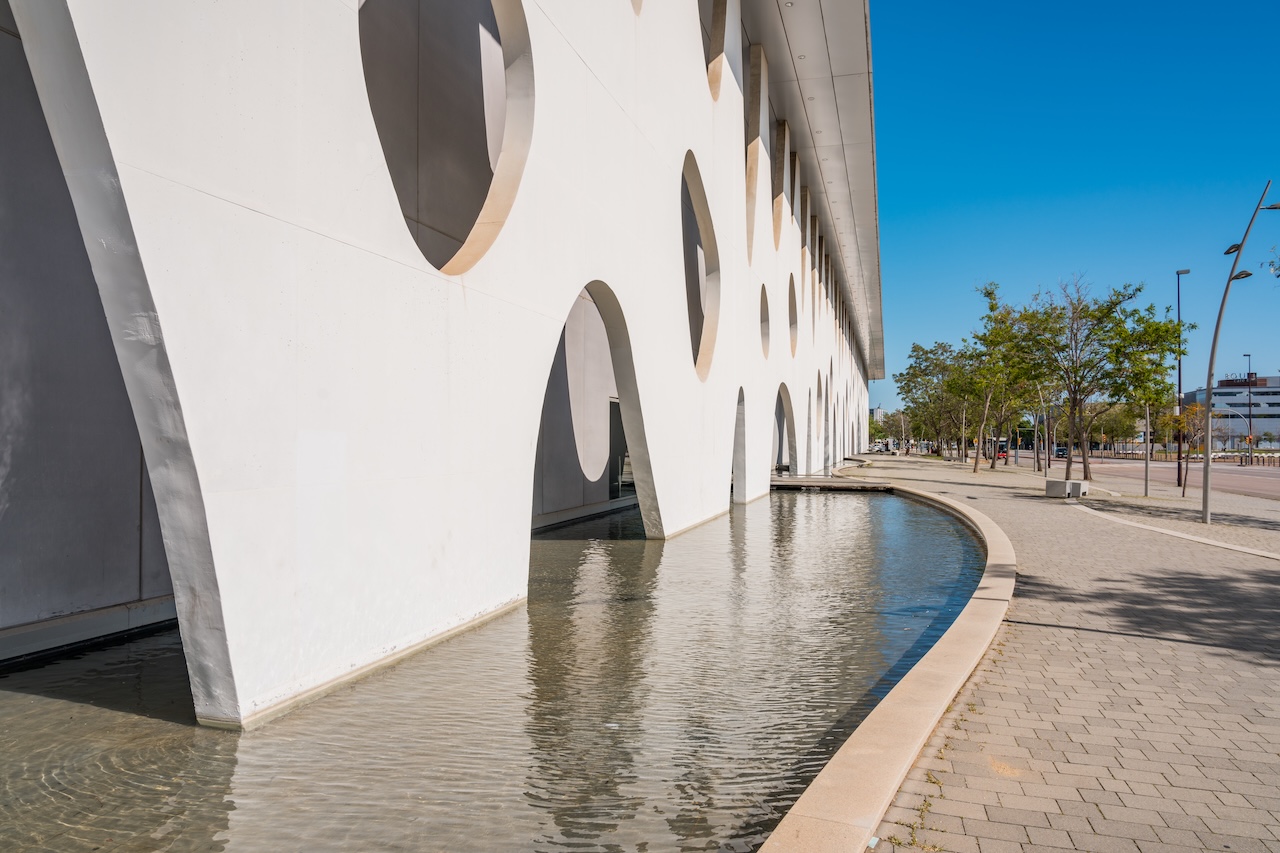
Beyond Style: What These Movements Represent
Both minimalism and maximalism reflect broader cultural and psychological values:
- Minimalism often signals a desire for clarity, focus, sustainability, and peace in an overstimulated world.
- Maximalism embraces diversity, complexity, expression, and the full vibrancy of human experience.
More recently, designers are exploring spaces between the two: warm minimalism or curated maximalism, where intentional simplicity meets layers of meaning.
Style Is Your Story – We’re Here to Design It With You
Whether your vision leans toward the serene lines of minimalism or the vibrant energy of maximalism, one thing is certain: great design is intentional. At Notfaroff, we believe every space should reflect the people who inhabit it.
Our team is here to help bring your ideas to life, whether you’re dreaming of calm, clarity, color, or contrast. From early concept to detailed execution, we tailor each project to match your lifestyle, taste, and architectural goals.
Minimal or maximal, your style has a place. And we will design it with care.
